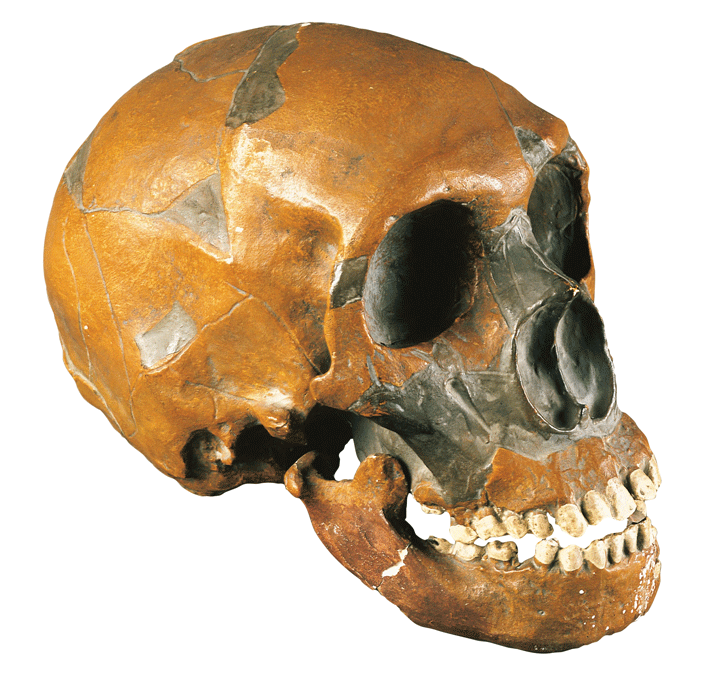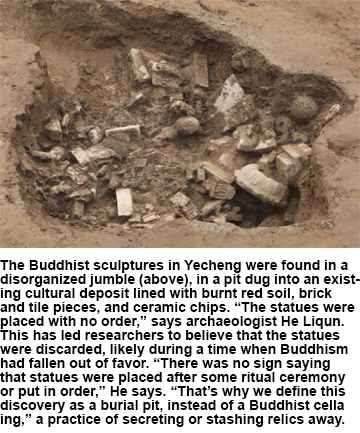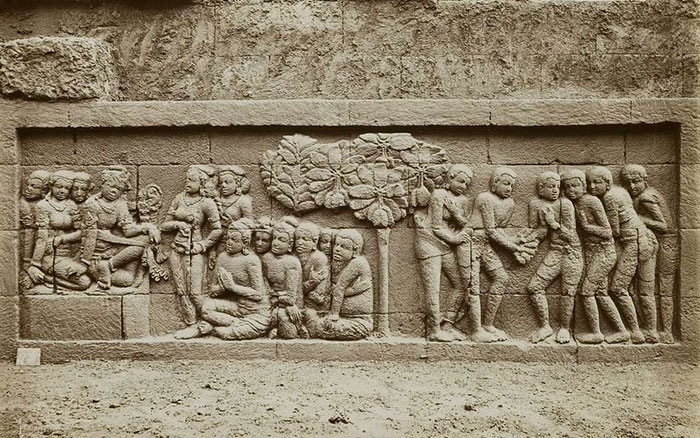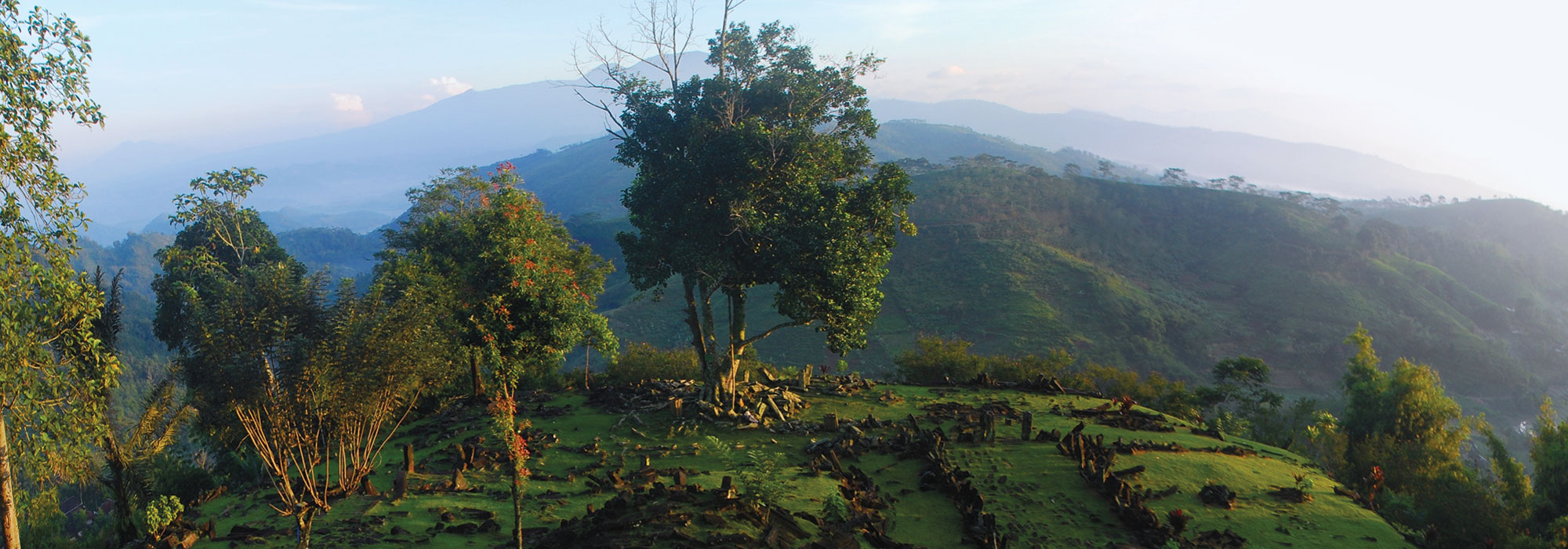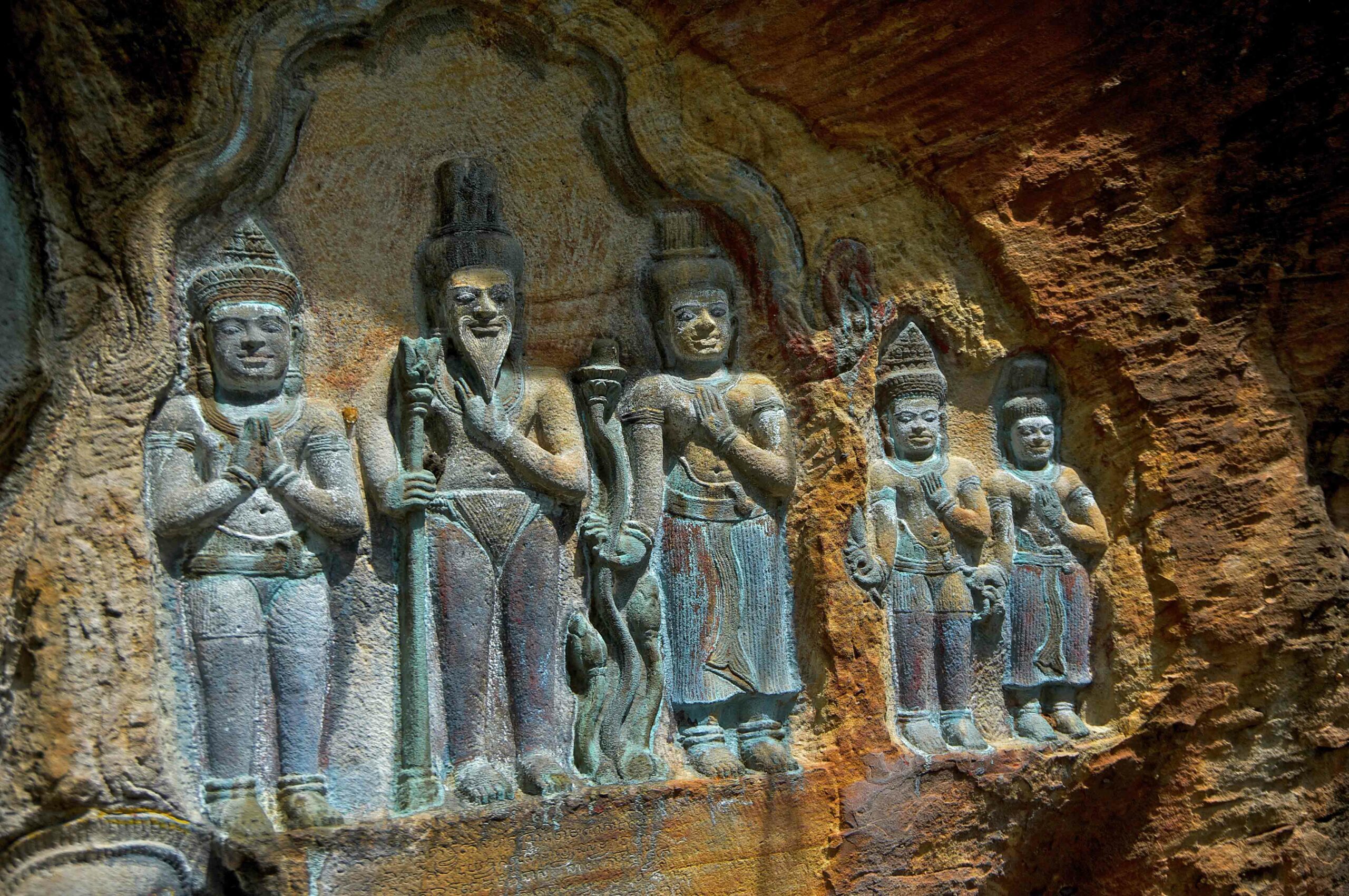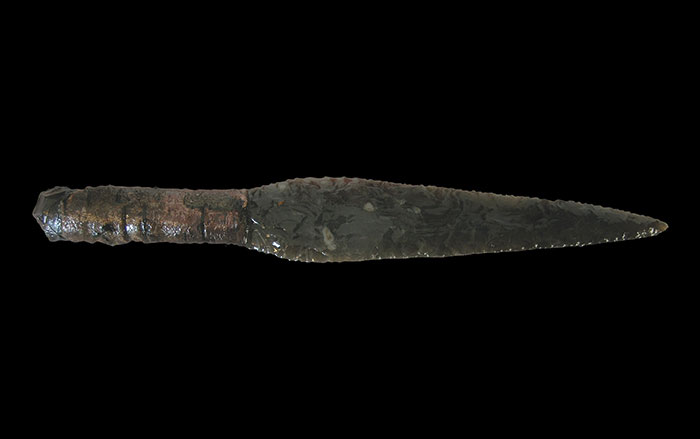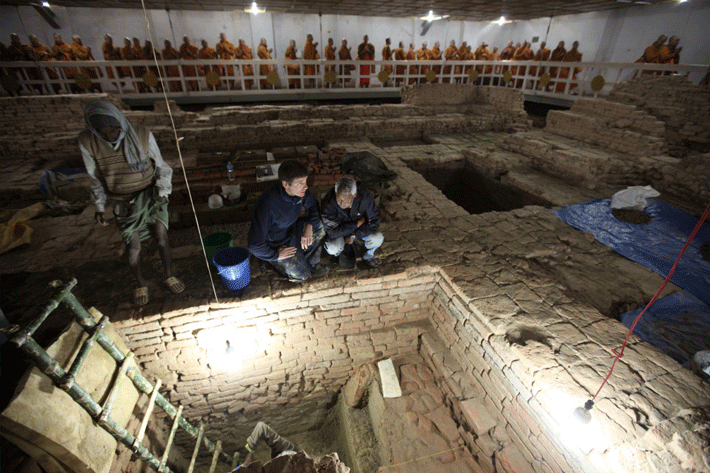
Excavations at Lumbini in Nepal have revealed never-before-understood details about the earliest years of Buddhism. According to tradition, Lumbini is where Maya Devi gave birth to Siddhartha Gautama, who became the venerated sage known as Buddha. Many ancient Buddhist shrines date to the third-century B.C. rule of Ashoka, a Mauryan Dynasty emperor who was key to the early spread of Buddhism. Under the remains of Mauryan temples at Lumbini (themselves topped by a succession of others), archaeologists uncovered evidence of an earlier timber structure upon which all the later temples were based. It dates to around the sixth century B.C., and the researchers, led by Robin Coningham of the University of Durham, believe this makes it the oldest Buddhist shrine in the world. This early date may also help inform the discussion of when Buddha lived. The excavation took place in the middle of an active shrine, with monks and pilgrims sometimes praying and chanting as the archaeologists worked below.



